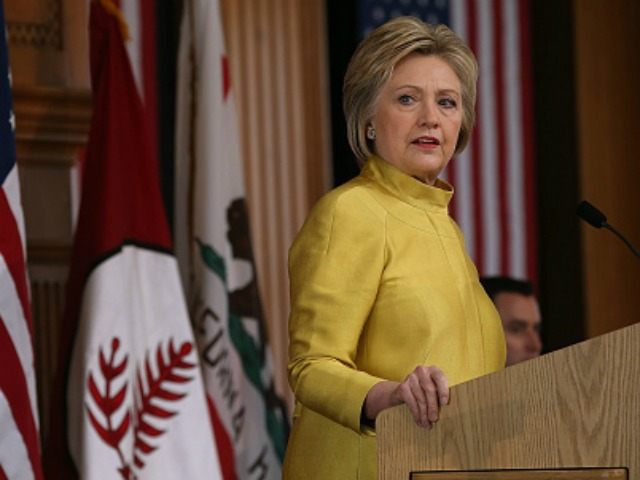There’s more fallout from Hillary Clinton’s recent pledge to “put a lot of coal miners and coal companies out of business.”
West Virginia Senator Joe Manchin calls Clinton’s comments “horrific” and noted that the reverberations of such remarks could sway voters throughout states where coal plays an important industrial role.
Indeed, Clinton’s remarks overlook the significant connections between coal and key sectors such as freight, rail, and manufacturing. Not only does coal continue to provide roughly 38 percent of U.S. power generation, but it also delivers both the energy and raw materials for America’s steel industry.
Clinton has subsequently claimed that her remarks were intended to characterize the economic challenges facing America’s coal industry. But it should be remembered that Clinton has been a strong proponent of President Obama’s Clean Power Plan—an Environmental Protection Agency (EPA) initiative portending such high costs and federal overreach that the Supreme Court recently issued a stay on it.
Regardless of Clinton’s latest equivocation, her hostility to coal has been clear, as indeed such hostility has been for years from the environmental Left. Green advocates like to portray coal as “dirty,” and favor depictions of “dirty coal” spewing smoke from smokestacks. However, such characterizations are antiquated and misleading. Contrary to those images from the distant past, modern technology now allows coal to generate electricity in a very clean manner, with new innovations under development that promise to make coal emissions virtually free of carbon dioxide as well.
There are at least 15 different clean coal technologies in use today at coal-fired power plants. These “scrubbing mechanisms” reduce emissions of sulfur dioxide, nitrogen oxide, particulate matter, mercury, and other gases by 90 to 99.9 percent. Additionally, modern coal plants use advanced generating technologies, like supercritical and ultra-supercritical boilers, and coal gasification, to reduce carbon dioxide emissions by as much as 30 percent.
A truly promising innovation in the works, called Carbon Capture and Storage (CCS), removes carbon dioxide from power plant emissions and stores it safely underground in stable geologic formations. Currently, in small scale demonstration projects, CCS can capture and store up to 90 percent of the carbon dioxide emitted from a coal plant. Further innovation and development could make this technology commercially viable, allowing the United States to continue using its abundant supply of domestic coal to generate reliable, affordable, clean, and carbon-free electricity.
By now, the term “dirty coal” should be obsolete, thanks to modern technology and innovation. And so, instead of engaging in a deceptive war on coal, America’s policymakers should recognize that environmentally friendly clean coal can continue to power the nation’s economy while also providing good, family-supporting jobs.
Candidates including Hillary Clinton, who claim to advocate for low-income Americans, would do better to support the affordable power that clean coal can provide. Otherwise, such attacks against the men and women working in coal and its interconnected industries will lead to both job loss and higher energy costs nationwide.
Terry Jarrett is an energy attorney and consultant, and is a former commissioner of the Missouri Public Service Commission.

COMMENTS
Please let us know if you're having issues with commenting.